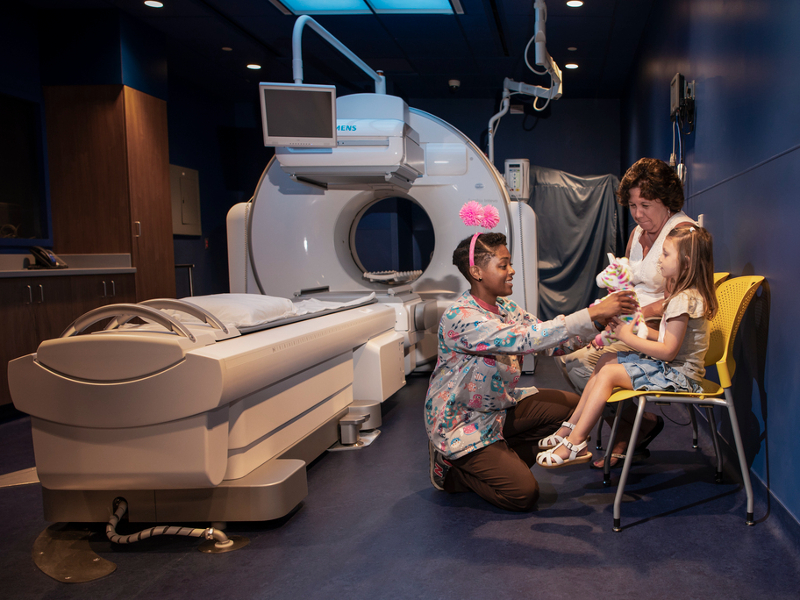Treatment
Pediatric Peripherally Inserted Central Catheter (PICC) Line
A peripherally inserted central catheter (PICC) line is a thin and soft catheter that is inserted into a vein in the arm, leg or neck. The tip of the catheter is located in a large vein that carries blood into the heart. A PICC line is used for long-term intravenous (IV) medications or nutrition, or for blood draws.
Frequently Asked Questions
How is a PICC line placed in children?
Will my child be awake during the PICC line procedure?
Will my child be in any pain during the PICC line procedure?
What are the risks of a PICC line in children?
When can my child bathe after a PICC line placement?
How long can my child's PICC line stay in place?
Are there activity restrictions for children with a PICC line?
Meet the Providers Who Treat Peripherally Inserted Central Catheter (PICC) Line
Departments that Offer Peripherally Inserted Central Catheter (PICC) Line

Interventional Radiology
Children's National interventional radiologists perform a full range of minimally invasive, image-guided procedures to both diagnose and treat disease in infants, children and adolescents. Learn more about how we help children in our care.

Help Kids and Make a Difference
Invest in future cures for some of life's most devastating diseases. Give today to help more children grow up stronger.







